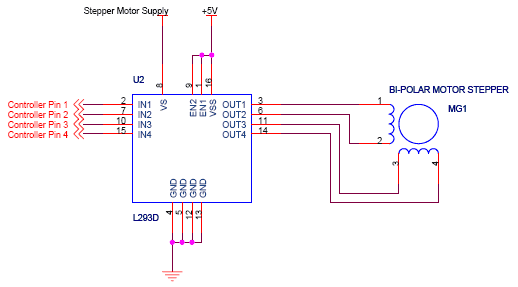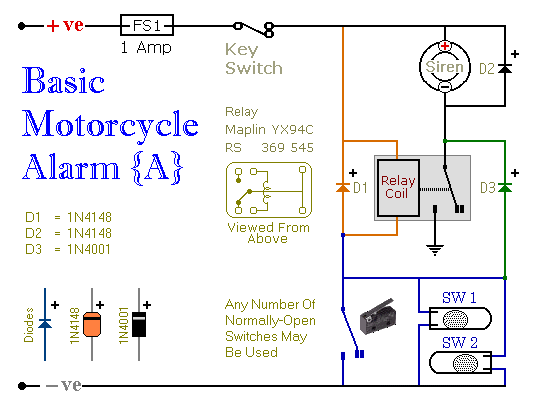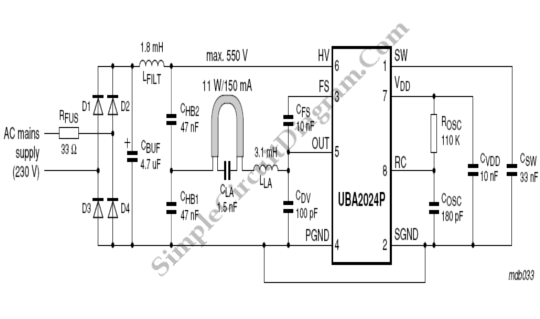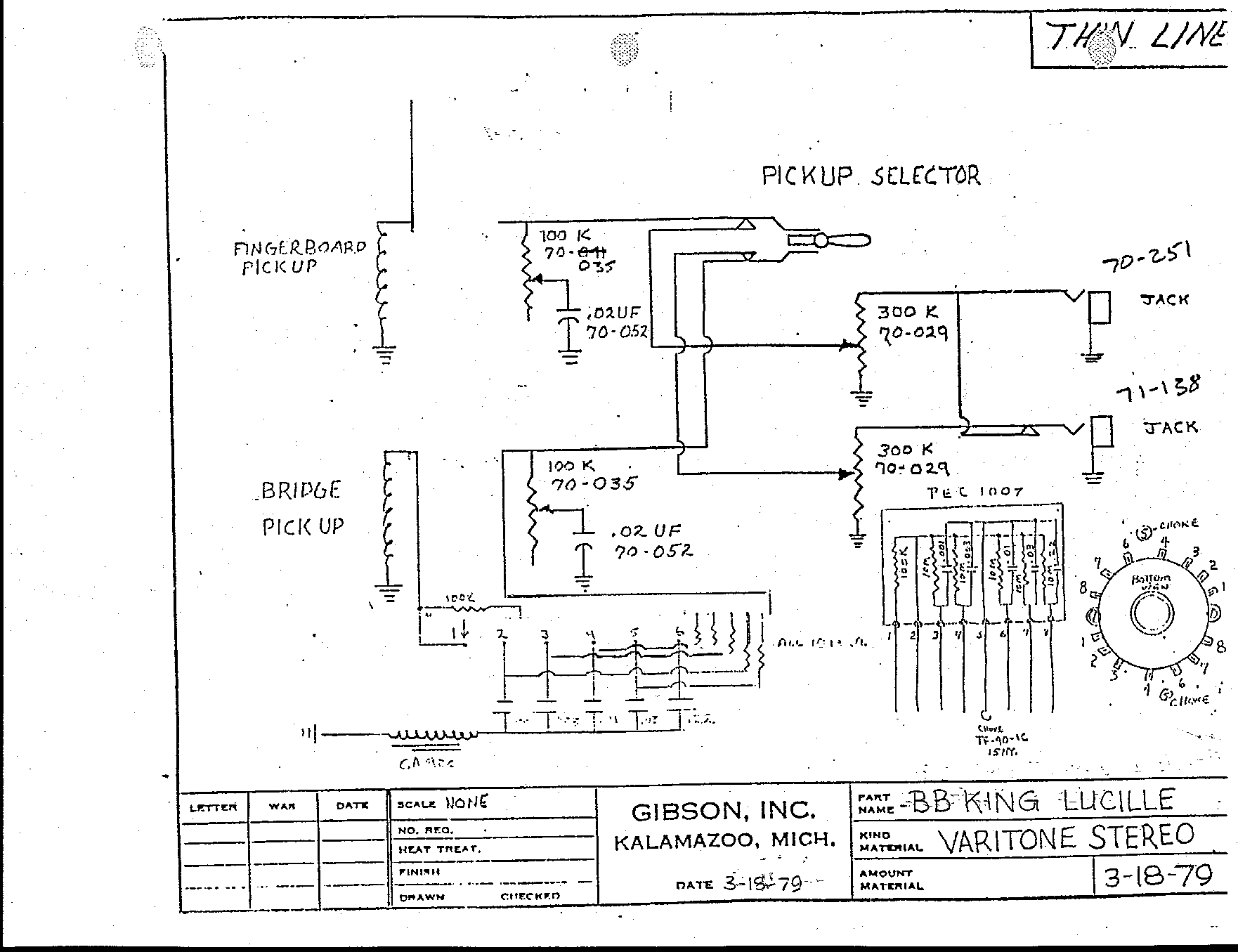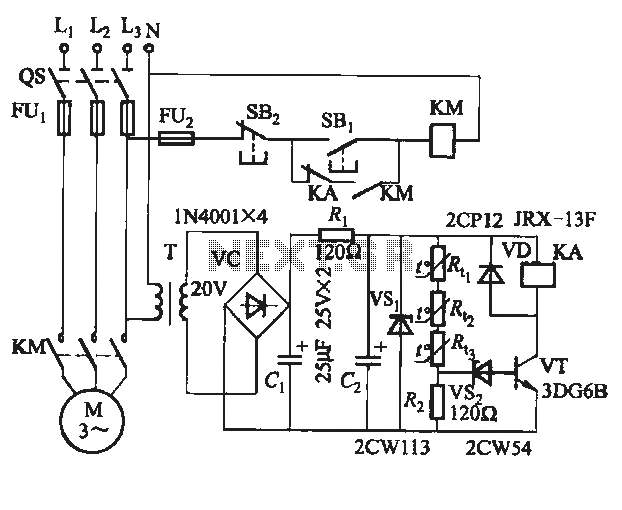
Universal motor control
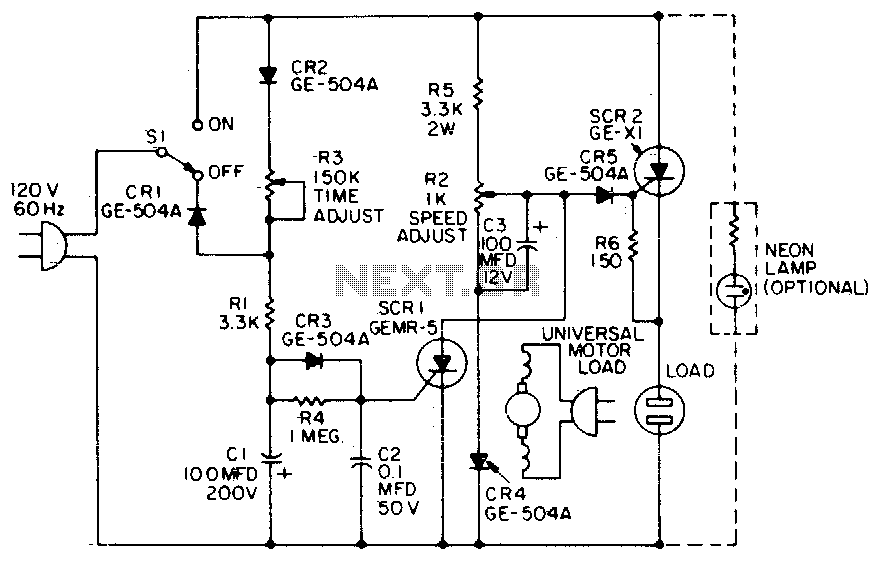
When the time delay expires, SCR1 conducts and removes the gate signal from SCR2, which stops the motor. Both the time delay and motor speed are adjustable by potentiometers R2 and R3. If heavier motor loads are anticipated, use the larger C30B SCR in place of the GE-X1 for SCR2. Additionally, the capacitance of C1 can be increased to lengthen the time delay, if desired.
The described circuit utilizes two silicon-controlled rectifiers (SCRs) to control the operation of a motor based on a time delay mechanism. SCR1 is responsible for initiating the conduction phase, which subsequently removes the gate signal from SCR2, effectively halting the motor's operation when the predetermined time delay expires. This mechanism ensures that the motor runs for a specified duration before being switched off.
The time delay can be adjusted using potentiometer R2, which alters the charging time of capacitor C1. The time constant of the RC circuit formed by C1 and R2 determines how long it takes for the voltage across C1 to reach the gate trigger level of SCR1. A larger capacitance value for C1 can be employed to extend the time delay, allowing for more flexibility in applications requiring longer operational periods.
Motor speed control is facilitated by potentiometer R3, which adjusts the voltage supplied to the motor, thereby modulating its speed. This variable resistance allows for fine-tuning of motor performance based on load conditions.
In scenarios where the motor experiences heavier loads, it is advisable to replace SCR2 (GE-X1) with a more robust SCR, such as the C30B, to ensure that it can handle the increased current and voltage demands without failure. This substitution enhances the reliability of the circuit under varying operational conditions.
Overall, this circuit design provides an effective solution for controlling motor operation with adjustable time delays and speed, making it suitable for various industrial and automation applications.When the time delay expires, SCRl conducts and removes the gate signal from SCR2, which stops the motor. Both the time delay and motor speed are adjustable by potentiometers R2 and R3. If heavier motor loads are anticipated, use the larger C30B SCR in place of the GE-X1 for SCR2 Also, the capacitance of Cl can be increased to lengthen the time delay, if desired.
The described circuit utilizes two silicon-controlled rectifiers (SCRs) to control the operation of a motor based on a time delay mechanism. SCR1 is responsible for initiating the conduction phase, which subsequently removes the gate signal from SCR2, effectively halting the motor's operation when the predetermined time delay expires. This mechanism ensures that the motor runs for a specified duration before being switched off.
The time delay can be adjusted using potentiometer R2, which alters the charging time of capacitor C1. The time constant of the RC circuit formed by C1 and R2 determines how long it takes for the voltage across C1 to reach the gate trigger level of SCR1. A larger capacitance value for C1 can be employed to extend the time delay, allowing for more flexibility in applications requiring longer operational periods.
Motor speed control is facilitated by potentiometer R3, which adjusts the voltage supplied to the motor, thereby modulating its speed. This variable resistance allows for fine-tuning of motor performance based on load conditions.
In scenarios where the motor experiences heavier loads, it is advisable to replace SCR2 (GE-X1) with a more robust SCR, such as the C30B, to ensure that it can handle the increased current and voltage demands without failure. This substitution enhances the reliability of the circuit under varying operational conditions.
Overall, this circuit design provides an effective solution for controlling motor operation with adjustable time delays and speed, making it suitable for various industrial and automation applications.When the time delay expires, SCRl conducts and removes the gate signal from SCR2, which stops the motor. Both the time delay and motor speed are adjustable by potentiometers R2 and R3. If heavier motor loads are anticipated, use the larger C30B SCR in place of the GE-X1 for SCR2 Also, the capacitance of Cl can be increased to lengthen the time delay, if desired.
